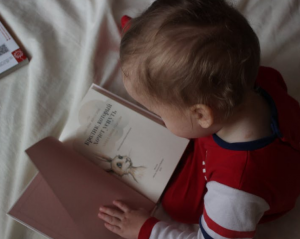
Dual Immersion Language Program
Muncie, IN – Muncie Community Schools is excited to announce our upcoming Dual Immersion program set to begin fall of 2017. Students in this program will learn to speak, read, and write in English and Spanish. Using a research-based immersion approach, teachers will conduct class in Spanish part of the day, and English the other part.
With this program, MCS will join more than 400 existing immersion programs in the United States.
The goal is for MCS Dual Immersion students to become completely bilingual in Spanish and English. Bilingualism is proven to benefit students cognitively, socially, and emotionally. According to a U.S. Department of Health and Human Services website, “Bilingual children benefit academically in many ways. Because they are able to switch between languages, they develop more flexible approaches to thinking through problems. Their ability to read and think in two different languages promotes higher levels of abstract thought, which is critically important in learning.”
In addition, bilingualism can give students a strong advantage when they enter the workforce. Globally, bilingual adults have more job opportunities and earn an average of $7,000 more than their monolingual peers.
According to the U.S. Census Bureau, 4.3% of Muncie, IN, residents at least five years old spoke a language other than English at home, based on data from 2011 through 2015.3 Over the past decade, MCS’ English Language Learner (ELL) population has grown from 0.2% in 2005-2006 to a steady 1.0%.
Currently, MCS students learn to read in English only, meaning ELL students are not formally taught to read in their home language. However, research shows that learning to read in one’s home language can make it easier to learn a second language because the reading skills easily transfer from the first language to the second. The MCS Dual Immersion students will benefit by learning to read in their home language and a second language.
Learn more about this topic by reading this article on Muncie Journal.
After reading “Dual Immersion Language Program” you can check important issues for ESL teachers on the section PDFs.








